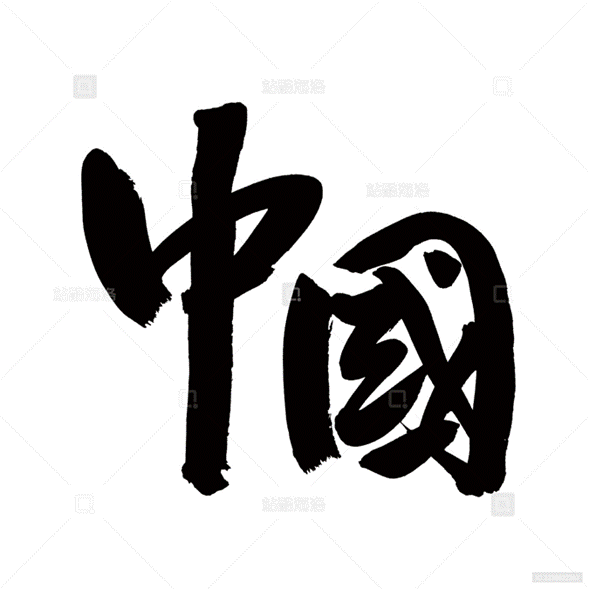
In a world dominated by alphabetic writing, Chinese characters stand as a unique cultural treasure—each stroke carries thousands of years of history, storytelling, and wisdom. Unlike letters that represent sounds, these logographs (characters that symbolize ideas) are a living link between China’s past and present. Let’s explore their remarkable journey.
1. Origins: From “Pictographs” to Early Symbols
The story of Chinese characters begins over 6,000 years ago, with simple drawings carved on pottery, bones, and tortoise shells. These were the earliest “pictographs”—characters that directly mimicked the shapes of things in daily life.
• Jia Gu Wen (Oracle Bone Script, 1300–1046 BCE): The oldest mature form of Chinese characters, used by Shang Dynasty rulers to ask the gods for advice (e.g., on harvests or wars). Carved on animal bones, these characters look like rough sketches: the character for “sun” (日) was a circle with a dot in the center, and “moon” (月) was a curved shape like a crescent.
• Why pictographs? Ancient people used what they saw to communicate. A “tree” (木) looked like a trunk with branches, and “fire” (火) resembled flickering flames. These simple symbols laid the foundation for all later Chinese characters.
2. Evolution: Streamlining Strokes, Keeping Meaning
Over centuries, Chinese characters evolved from clunky drawings into the smooth, structured forms we know today. Each change reflected social progress and the need for easier writing.
• Zhou Dynasty (1046–256 BCE): Bronze Script (Jin Wen) appeared, carved on bronze vessels. Characters became more decorative but also more standardized.
• Qin Dynasty (221–207 BCE): The big turning point! Emperor Qin Shi Huang unified China and ordered a single writing system—“Small Seal Script” (Xiao Zhuan). This simplified messy regional characters into a uniform style, making communication across the empire possible.
• Han Dynasty (202 BCE–220 CE): “Clerical Script” (Li Shu) emerged, with straighter, more angular strokes. It was faster to write, so it became popular for official documents. Later, “Regular Script” (Kai Shu)—the neat, upright style still used today—was developed, balancing beauty and readability.
The key? While strokes got simpler, the core meaning of characters stayed intact. For example, “water” (水) evolved from a wavy line (like a river) to its modern form, but it still instantly evokes “water” in every Chinese speaker’s mind.
3. Today: More Than Just Writing
In the digital age, Chinese characters are far from outdated—they’re a vital part of modern life, culture, and identity.
• A bridge of culture: Characters connect people across China’s vast regions. Even if someone speaks Mandarin, Cantonese, or Wu dialects (which sound very different), they can read the same characters. This unity has held Chinese culture together for millennia.
• Art and expression: Calligraphy—writing characters with a brush—is a revered art form. A single character can show the calligrapher’s mood: bold strokes for passion, soft ones for calm. It’s not just writing; it’s “painting with words.”
• Global influence: As China connects with the world, Chinese characters are gaining popularity. From “dim sum” (点心) in Western restaurants to “yuan” (元) as a global currency term, these characters carry Chinese culture to every corner of the globe.
They also remind us of the power of storytelling. Take the character “家” (home): it combines “roof” (宀) and “pig” (豕)—in ancient times, a home with a pig meant warmth and plenty. Today, it still makes people think of family and belonging.
Final Thoughts
Chinese characters are more than just a way to write—they’re a timeline of a civilization. From the rough bone carvings of the Shang Dynasty to the emojis and digital fonts of today, they’ve adapted, survived, and thrived.
Next time you see a Chinese character, pause for a moment: it’s not just ink on paper. It’s a story that’s been told for thousands of years—and it’s still being written.